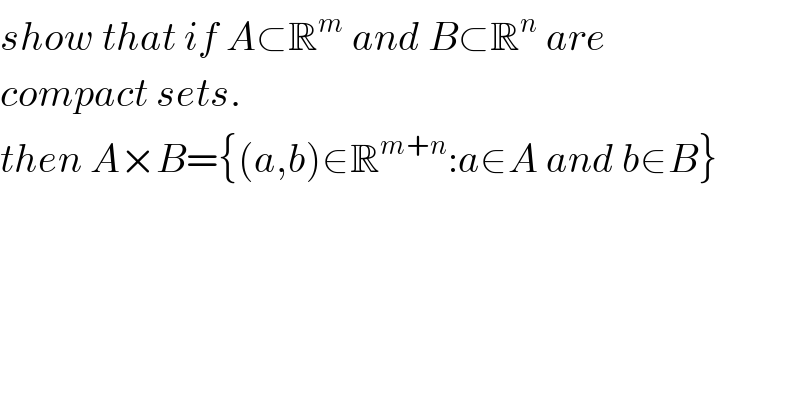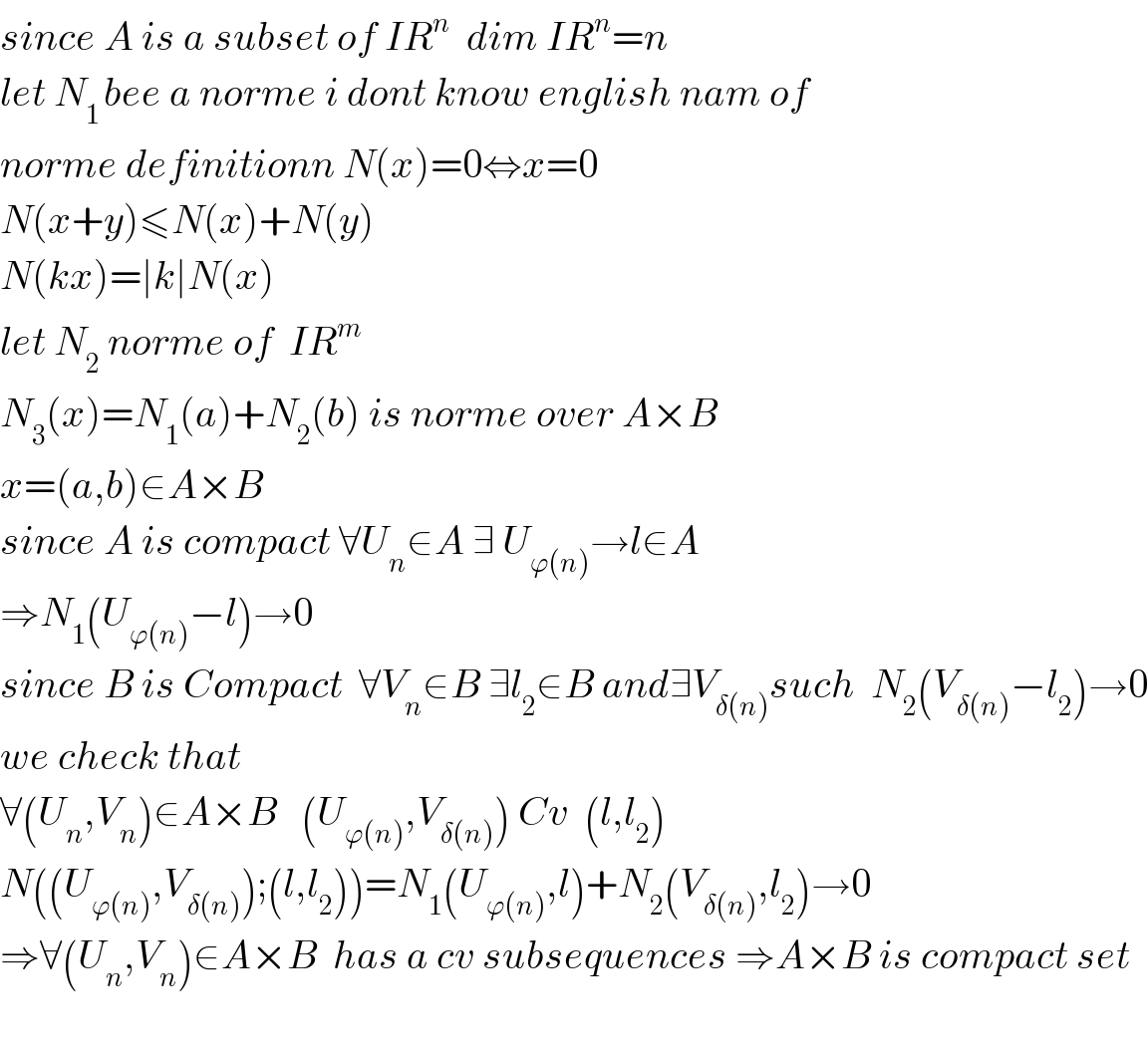
Question and Answers Forum
Question Number 82792 by M±th+et£s last updated on 24/Feb/20

Commented by M±th+et£s last updated on 24/Feb/20

Answered by mind is power last updated on 24/Feb/20

Commented by M±th+et£s last updated on 24/Feb/20

Commented by mind is power last updated on 24/Feb/20

